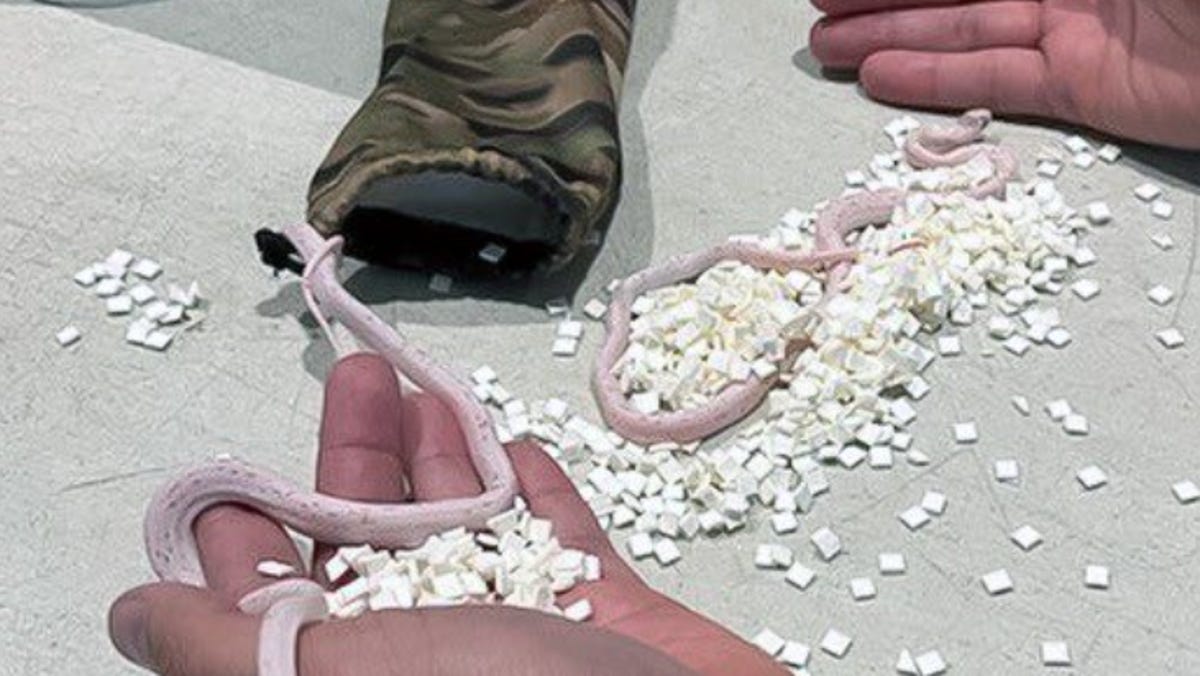Montana
These 8 Towns in Montana Have Beautiful Architecture
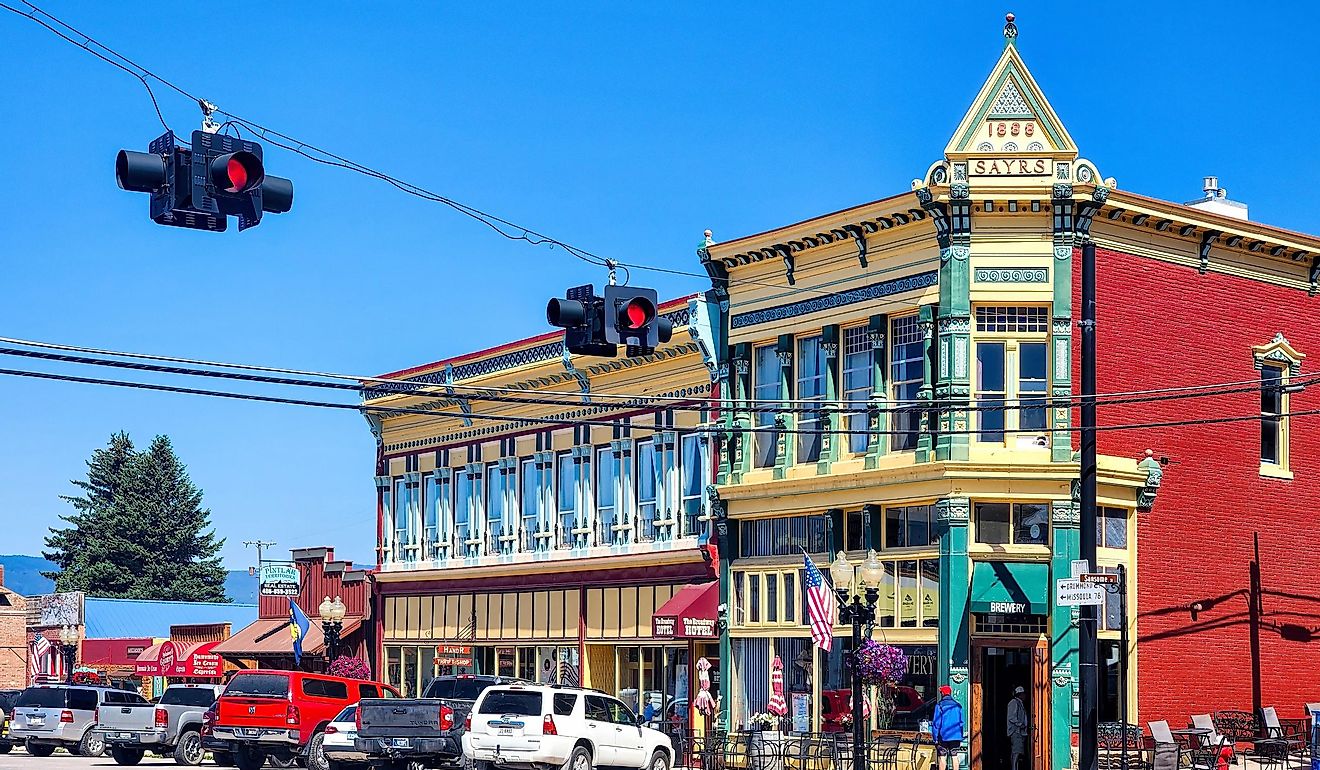
Montana is known for its alluring, rugged landscapes, with roots in mining and ranching. But these small towns are rich in more than just silver and copper; each brick and stone that built this vast state uncovers a rich past integral to the country’s foundation.
Whether visiting Stevensville to witness the first traces of Montana’s European settlement, journeying through Helena—a town once home to the most millionaires in the world per capita, or exploring “The Richest Hill on Earth,” these towns all have their own stories to tell, told through historic buildings and districts that continue to inspire and intrigue visitors today.
Butte
Considered by many as Montana’s most historic city, Butte was once the largest city west of the Mississippi River. The town, known as “The Richest Hill on Earth,” had rich beginnings in mining; shortly after being founded as a mining camp in the 1860s, it grew to become the U.S.’s largest copper producer.
Today, its Victorian-style business district and the numerous mansions in the area preserve much of the town’s heritage. Among the most charming and impressive of them is the Copper King Mansion, named after one of the state’s “copper kings,” William A. Clark. Today, it serves as both a museum and a bed and breakfast. Built in 1884, this mansion demands attention with its 34 rooms, looming rooflines, stained-glass windows, and frescoed ceilings.
Another structure tied to William A. Clark’s legacy is the Clark Chateau, built for his eldest son in 1898. This 13,000-square-foot Chateau, inspired by the French countryside manors of the Old World, rises four floors and contains 26 rooms and seven fireplaces. Its grand, gothic presence would not feel out of place in a Charlotte Brontë novel.
Livingston
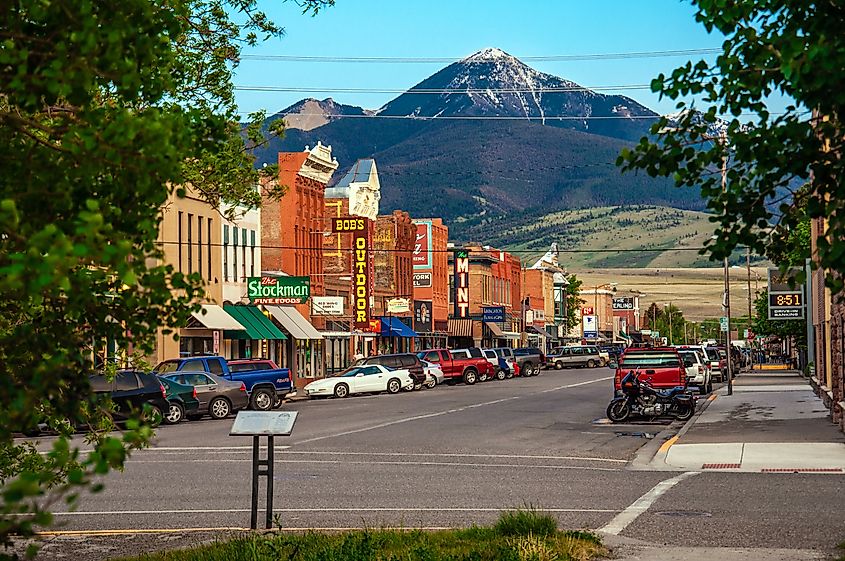
Livingston is hunkered down atop the mighty banks of the Yellowstone River and offers endless activities. From avid outdoors enthusiasts to ardent art connoisseurs, this town has something for everyone.
When strolling along the wide streets of the picturesque downtown area, visitors and locals alike are taken aback to a bygone era. Cafes, restaurants, and art galleries—many featuring some of the most notable Western artists—line the streets, making for the perfect night on the town.
One building that always catches the eye of visitors is the Livingston Depot. Built in 1882, this historic railway station was later redesigned to keep up with the increasing number of passengers on their way to Yellowstone National Park. Notably, Reed & Stem, the same architects who designed New York’s Grand Central Station, developed the updated version. Today, it exists as a museum in which visitors can relive Livingston’s rich history through events and exhibits.
Philipsburg
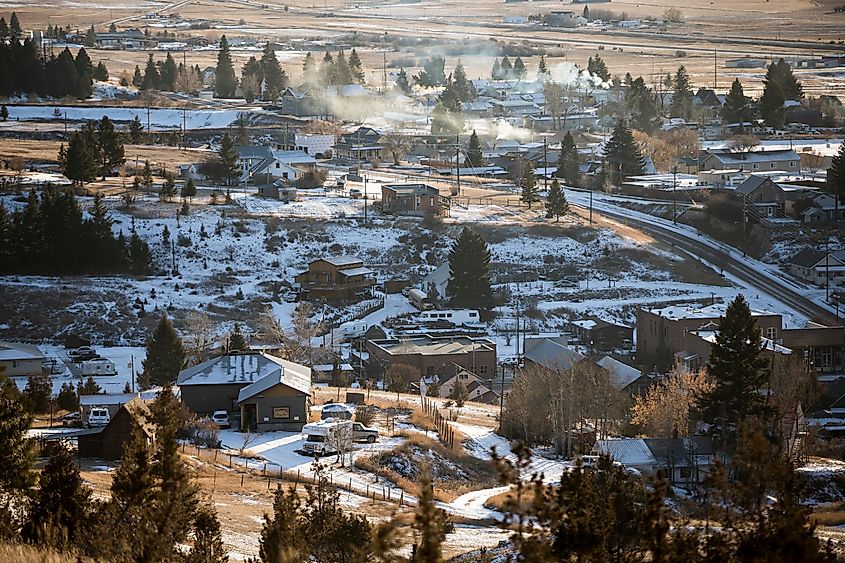
This 1890s mining town has survived to become one of Montana’s most impressively restored communities. Unsurprisingly, its attention has led to awards such as Sunset Magazine’s “Best Municipal Makeover and Reinvention.”
Charming late-nineteenth-century shops, museums, cafes, and restaurants dating back to the booming silver mining age preserve this historic district. In 1864, after initially discovering silver in Philipsburg, the town was reported to have begun to grow at the “rate of one house per day.”
Some notable historic buildings listed on the National Register include the Philipsburg School, the Queen Anne-styled Granite County Jail—with its imposing medieval-styled tower pointing straight to the vast Montana sky, and the Classical Revival-styled Granite County Courthouse—constructed of meticulously cut Montana granite. For a spectacular view of the town, you can climb the hill above the courthouse and see Philipsburg for all its preserved beauty.
To quench your thirst after a long day of exploring, feel free to stop by the Philipsburg Brewing Company located in one of the town’s distinctly historic, colorful, and ornate buildings. This one cannot be missed: just look for “BREWERY” in large gold lettering on its glass windows.
Hamilton
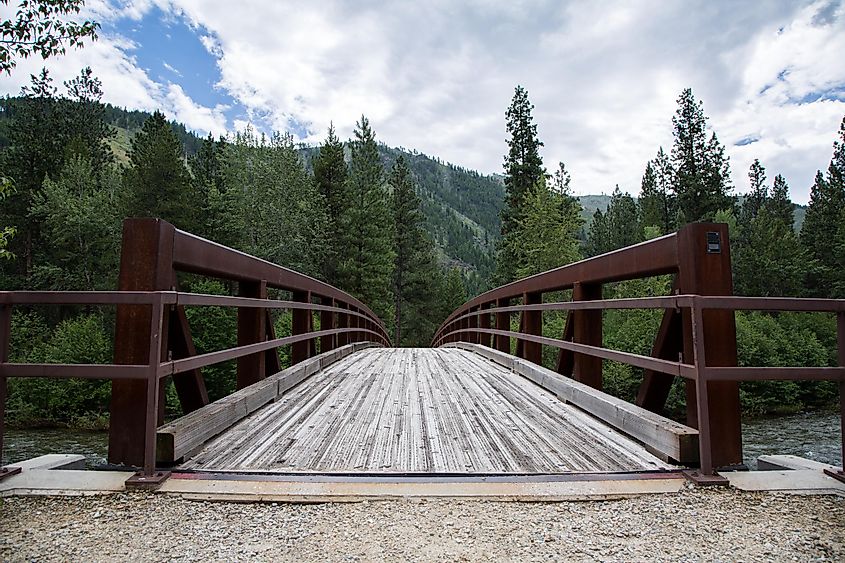
Like Philipsburg, this town will make you feel like you have gone back in time with its pristinely preserved architecture and historical vibe, having any visitor feel like they are a part of something truly remarkable.
Hamilton’s downtown Commercial District is on the National Register of Historic Places and includes some of Montana’s most impressive 19th-century buildings.
The Daly Mansion once belonged to one of Montana’s famous “copper kings,” Marcus Daly, who purchased the property in 1886 as a summer home. The mansion has over 50 rooms, which can be seen by booking a guided tour.
What was once the Ravalli County Courthouse is now a museum built in 1900. Fortunately, this magnificent building was saved from a wrecking ball in 1979 and continues to be one of Montana’s most opulent museums, offering many unique historical exhibits and collections.
Stevensville

In 1805, Lewis and Clark strolled down what is now Main Street in Stevensville on their journey through the Northwest. Later, in the 1840s, Jesuit missionaries worked with the Bitterroot Salish Tribe to build a small church, which still stands today as part of St. Mary’s Mission & Museum, “where Montana began.”
Some buildings, such as the Odd Fellows Hall, built in 1912, have been listed as individual entries in the National Register. Other entries, however, document entire areas of the town; Stevensville’s charming, well-preserved historic residential neighborhood is listed as a National Register historic district.
“The Thornton,” also known as The Stevensville Hotel, was built as a hospital in 1910 and operates today as a cozy, period-accurate hotel. Visitors delight in watching the sun rise over the Bitterroot Mountains from the comfort of the hotel’s porch. So, feel free to pour yourself a warm cup of coffee, pull up a rocking chair, and experience this magnificent view for yourself.
Helena
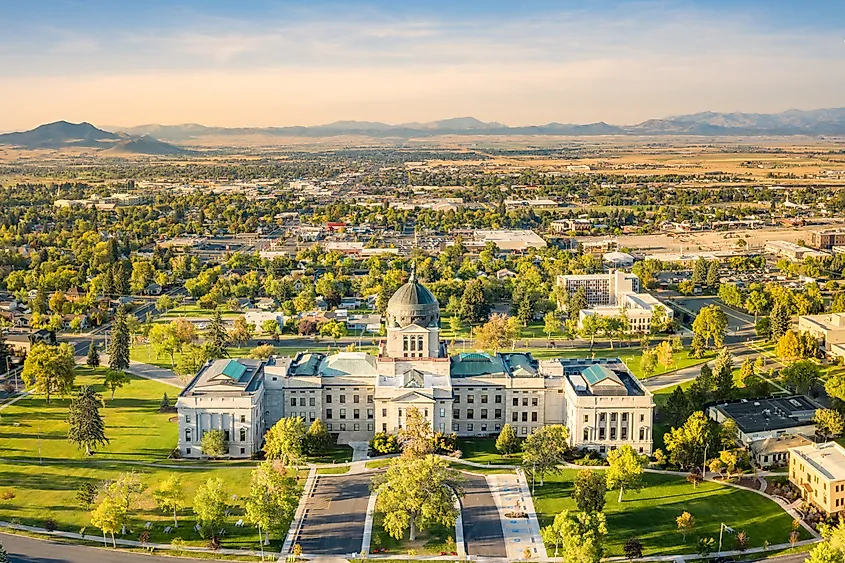
Helena, Montana’s state capital, is home to several museums and historic sites that offer visitors an authentic experience while exploring the historically rich area. Visitors can fill their days touring microbreweries, walking trails, observing art galleries, and dining at some of Montana’s finest restaurants—such as Lucca’s, an Italian restaurant awarded The Best Restaurant in Montana three years in a row by Business Insider magazine.
Among the many must-see areas in Helena is the picturesque Mansion District, which is exactly as it sounds. Sightseers love taking walking tours, weaving through these historic streets lined with tall trees, stone walls, and fresh-cut grass to witness the grand mansions that inhabit the area. A notable building in this district is the Original Governor’s Mansion, a Queen Anne-styled mansion built in 1888 by William Chessman to symbolize this wealth and influence.
In 1904, A.O. Von Herbulis built The Cathedral of St. Helena to equal the grand cathedrals of Europe. Visitors cannot miss this amazing feat of Vienna-inspired architecture for a taste of European culture right here in Montana. Another sight not to be missed is the Montana State Capitol. Here, visitors revel in a building that perfectly captures Montana’s rich history, art, and classical architecture.
Deer Lodge
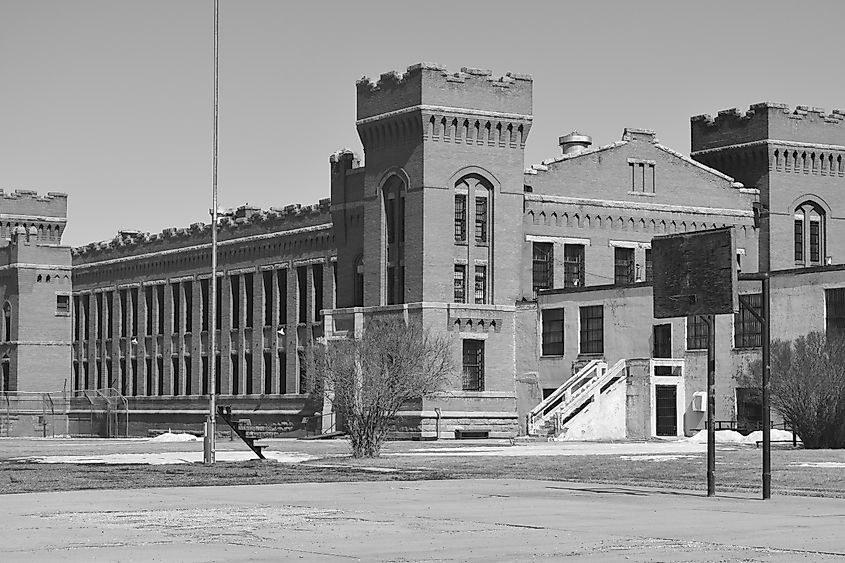
Surrounded by stunning mountain ranges on both sides, this meadowland offers visitors several opportunities to discover a historic past infused with a welcoming vibe from the locals. For those interested in the area’s history, no other town in the Northwest contains as many museums as Deer Lodge.
Although Deer Lodge began as a mining town, it has grown to become a significant center of agriculture. Perhaps showcasing this area’s agricultural roots best is the Grant-Kohrs Ranch National Historic Site. Visitors can live like cowboys of the past as they explore the expansive land, walk through the narrow bunkhouses, and hang out among real Rangers to learn about life on the ranch.
Deer Lodge is best known for one of the most unique structures in Montana, and perhaps even the country—the Montana State Prison. Now a collection of museums, this structure has 24-foot-high sandstone walls and medieval-styled turreted towers, giving the complex an intimidating and imposing feel. You can take a tour from the dreary Cell House, through the slide bar cells, to the Maximum-Security black box. Impressively, the complex contains five museums: the Old Montana Prison, Powell County Museum, Frontier Montana Museum, Yesterday’s Playthings, and the Montana Auto Museum.
Anaconda
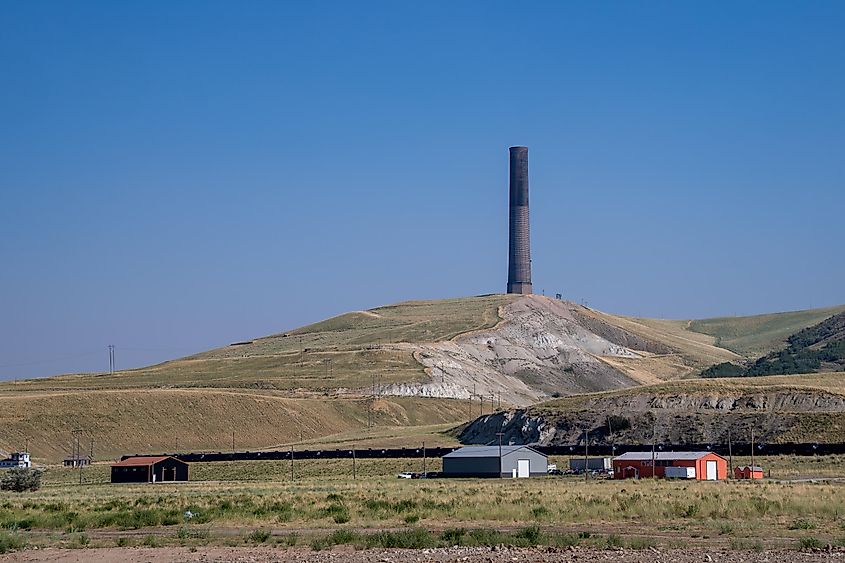
Anaconda was born out of the need for a smelter to support Butte’s increasing supply of copper ore. Between 1883 and 1889, Marcus Daly built the world’s largest smelter here. Although smelting operations ceased in 1980, “The Stack,” still one of the tallest free-standing brick structures in the world, remains a landmark and state park overlooking the town.
There are 30 locations listed within the Anaconda Commercial Historic District. The Deer Lodge County Courthouse is a gloriously imposing building that dominates the skyline with its rising dome and looming stone walls. Likewise, the Copper Village Museum and Art Center—Anaconda’s former City Hall—is a High Victorian-styled complex that contains not only a museum but also an art center, archives, and a retail shop perfect for those wanting to get lost in the history of Montana without having to go far.
The Washoe Theater is another must-see. The building demands respect, with its lavish Art Deco furnishings, murals, and ornamental work made of silver, gold leaf, and, of course, a lot of copper. The theater has been considered a historic site on the National Register since 1982.
Whether you want a taste of European culture right here in the US or seek something more distinctive to the country’s roots, these small towns have it all. Some of the most important buildings and structures integral to the country’s beginnings exist in Montana. And besides, how many other places in the world can you find a Gothic-Revival style cathedral only a few hours from a small missionary church symbolizing the foundation of the state?

Montana
25th Anniversary Of This Popular Montana Festival Sets Dates
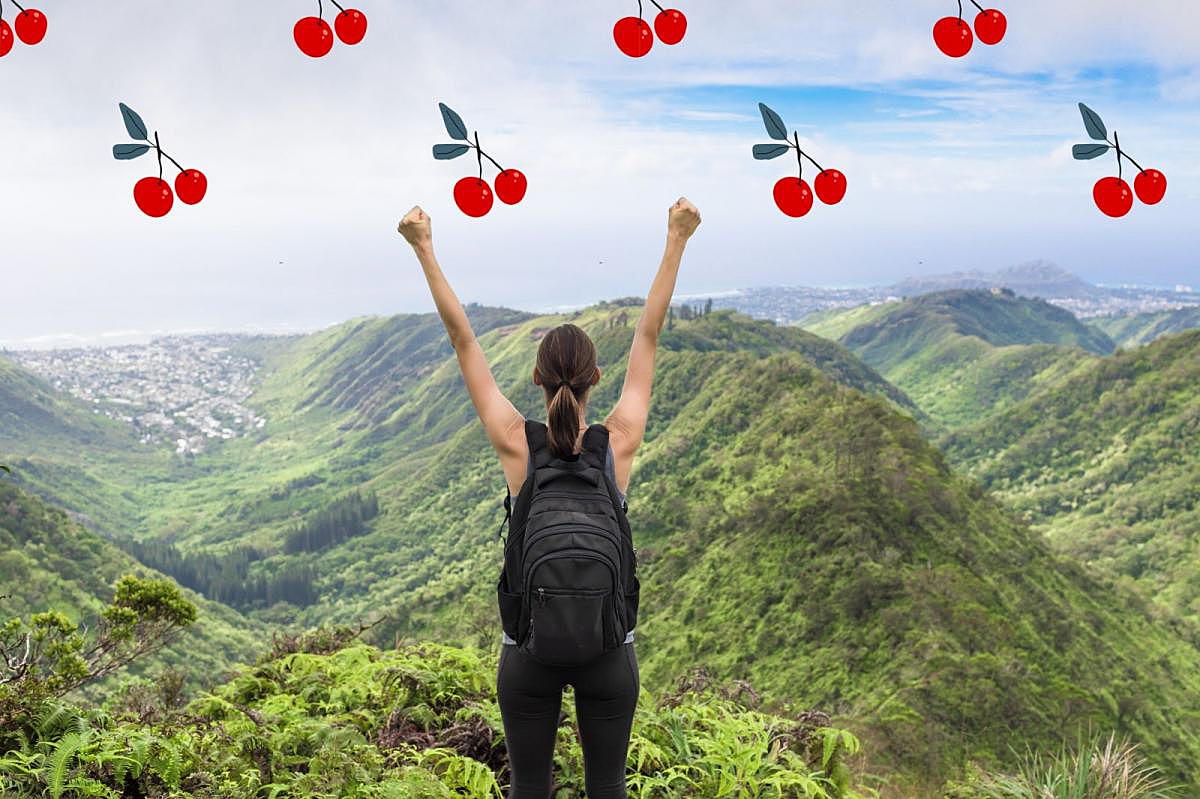
People are always on the search for certain things when they come to the Big Sky State.
Huckleberries, secret hiking trails, and…flathead cherries.
This year, we celebrate the 25th annual Flathead Cherry Festival. So if anyone starts asking you about the delicacy, just tell them they can go to this annual event. It will help get them off your back.
The festival is full of so many “Montana things”! Vendors from all over the state will have some of the best baked good you will ever taste, for sale.
Art work from talented local artists will be displayed for you look at and purchase. Imagine how great it will look in your family room.
Shopping, food, local Montana made products, what else could you possibly want?
The festival is July 27th and 28th and goes from 9 AM to 5 PM both days. The main street of Polson is going to be jam packed with Montana loving folks just like you and I.
There are certain events/festivals that you will forget about or miss during the summer, especially since there are so many great ones to attend, but the Flathead Cherry Festival is one you want to mark on your calendars early so you don’t have any regrets.
WHAT: Flathead Cherry Festival
WHEN: July 27th and July 28th (starts at 9 AM)
WHERE: Polson, MT (4 hours from Bozeman)
Make it a weekend getaway. Here are some places to stay if you are like me a love a good girls weekend.
HOTELS IN POLSON
AIRBNB IN POLSON
cc: Flathead Cherry Festival
7 Great ‘Middle of Nowhere’ Montana Bars and Restaurants
Gallery Credit: mwolfe
Check Out This Unique Way to Enjoy Life Under the Big Sky in Montana
Quaint, unique, retro, just some of the ways you can describe this amazing way to live in Montana. This 1925 Pullman train car has been transformed into a livable area. Locomotive not included!
Gallery Credit: JD Knight
Montana
Montana Disaster Services reports high turnover since ‘22 flood
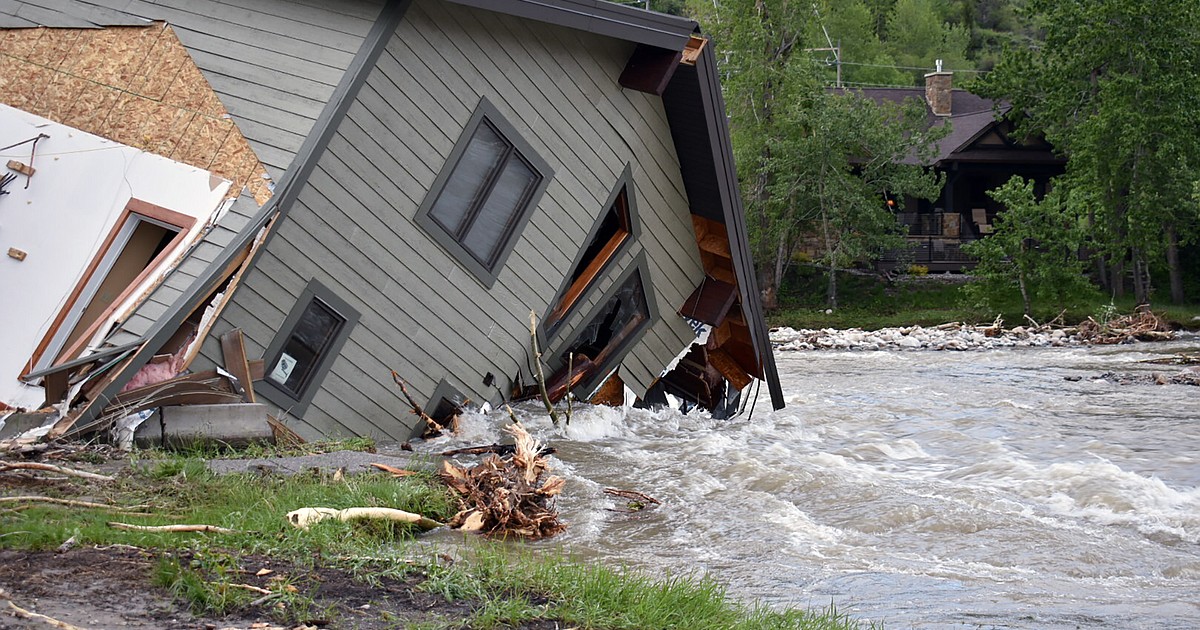
Montana Disaster and Emergency Services said it has seen 60% staff turnover in the two years since the Yellowstone River flood and asked lawmakers Tuesday for 14 more full-time employees.
Administrator for the Disaster and Emergency Services Division Delila Bruno told legislators the staff losses are in part due to burnout, and most often they lose employees to the private sector after training them.
Legislators are looking into disaster and emergency service recovery response in Montana as part of a study bill passed in the last legislative session. Lawmakers in a subcommittee of the State Administration and Veterans’ Affairs Interim Committee will eventually have to draft recommendations for how to improve emergency response in the state.
Department suggestions beyond staff increases included enhancing recovery coordination between agencies pre-disaster, training state experts to provide damage assessments to reduce reliance on federal partners, developing a statewide debris management plan and increasing staffing to assist individual assistance post-disaster.
In June of 2022, the Yellowstone River flooded in a 500-year event with nearly 10 inches of rain and snowmelt in 24 hours, destroying homes and structures along the river and sections of northern roads leading into Yellowstone National Park from gateway towns. The event required a massive recovery effort.
In the past 12 years, Montana has made 50 statewide disaster declarations and 15 federal declarations, including the 2022 flood, Bruno said. The recovery team, which works to restore a community to pre-disaster conditions, has six open disasters it is working on – half of which are floods.
She said federal resources for recovery efforts significantly outweigh what’s available at the state and local level. It would be better to reduce the reliance on the federal government to get communities back on their feet, she said, and may allow for a faster response.
Rep. Kelly Kortum, D-Bozeman, proposed writing a bill to provide emergency services with the additional 14 staff members, but other lawmakers shot the idea down as premature and wanted to hear from other stakeholders first.
Bruno said in an example of how the department loses staff, if they trained someone up to be a floodplain manager, then they suddenly became incredibly marketable for disaster firms for nationwide projects.
“They pay way more than we do,” Bruno said. “That’s very, very common to see people get gobbled up in the private sector and work nationally.”
The legislature gave staff raises during the last legislative session, which Bruno said has been a huge help in retention. She said getting more employees to share in the workload could also help with burnout.
Bruno said there also needs to be an emphasis on hiring for different skill sets in the division, and said they need more grant writers and people who understand local policies.
“What is appealing to a lot of emergency managers that we have apply for these positions is that they still associate the work with kind of a first-responder type work,” she said.
She said the division is looking to develop a certification program to train people on the recovery aspect of the job and the more administrative side of the division, which she said is the bulk of their work, though there are opportunities for first responders as well.
“We want to make sure that whether you’re at the local level or you’re at the state level, when you take a job with disaster emergency services, it’s clear what your what your job really is,” she said.
Bruno said Montana needs to increase support for local communities to be able to respond and recover from disasters.
“We know we need more training at both the state and local levels,” she said. “We do know that Montana communities do a better job when they have the resources at their fingertips.”
The SAVA sub-committee did not take action Tuesday, but will meet with the full interim committee on May 23.
Nicole Girten is a reporter for the Daily Montanan, a nonprofit newsroom.
Montana
University of Montana protest: 'Ceasefire Now' • Daily Montanan

More than 100 people at the University of Montana demonstrated Wednesday to protest Israel’s bombing of Gaza and to show solidarity with protesters arrested this week on other campuses.
“Israel, Israel. Stop the slaughter. Gaza must have food and water,” they chanted.
The UM demonstrators asked spectators to keep their focus on children who are dying, a count the Washington Post put at 13,000 this week.
“While you are here watching us, children are being murdered with your tax dollars,” said one demonstrator with a bull horn.
Nearly 1,000 arrests had taken place on campuses across the country as of Monday including in violent clashes between police and pro-Palestian protestors from New York to California, according to a count from the Associated Press.
The demonstration at UM in Missoula was peaceful. A law enforcement SUV was parked near the Oval but rolled away after the group started marching.
The death toll in Gaza has surpassed 34,000, according to a report this week from the Wall Street Journal citing health authorities. However, the story said it’s becoming difficult to keep up with the number of fatalities because many hospitals aren’t functioning, and people are buried under rubble.
Students from UM and also high schools were among those demonstrating with chants, chalk art after the rain subsided, and signs.
Some signs called on the UM Foundation to divest, joining calls at more than 80 other campuses across the country to redirect higher education investments from funding war, according to the Chronicle of Higher Education.
The UM Foundation is the university’s fundraising nonprofit, and in a statement, it said its board “is committed to responsible investment stewardship” to generate the “highest levels of returns” to support UM for generations.
“The Foundation’s endowment portfolio has no direct investments with weapons manufacturers,” said the UM Foundation board in a statement.
Journey Lynn, a UM graduate student in social work, said they joined the demonstration because the crisis in Gaza is deplorable: “I think that calling attention to the genocide is imperative.”
Lynn also said as a student pursuing a master’s in social work, they believe the protest aligns with the code of ethics from the National Association of Social Workers.
“The essence of a lot of those values are to honor and value all life,” Lynn said.

At least one legislator, Rep. Zooey Zephyr, a Missoula Democrat, joined the protest. Demonstrators started the action in front of Main Hall and then marched around the Oval carrying signs raised with their messages.
“Free Palestine.” “Israel Bombs Hospitals.” “Food Is Not A Weapon.” “Ceasefire NOW.” “Fund Schools Not Genocide.”
As the demonstration began, one man carrying a flag of Israel walked in front of the group and yelled at them. Jon Murphy stayed with the demonstrators in their march around the Oval.
He told the Daily Montanan he wanted to stand up for Israel’s right to exist as a state. Murphy said he is not a student at UM but lives in the community.
“I don’t agree with everything that Israel does, but it has a right to exist, and the people have a right to live there without getting the rockets and missiles sent at them,” Murphy said.

The recent war started in October 2023 after Hamas, a Palestinian militant group, attacked Israel and killed at least 1,200 people. Israel then launched military strikes in Gaza, a small strip of land 25 miles long between Israel and the Mediterranean Sea.
A recent food insecurity analysis said famine is imminent in at least the north of Gaza, and it projects more people will die. The report from the Integrated Food Security Phase Classification (IPC) Famine Review Committee (FRC) said the entire population of 2.23 million faces acute food insecurity.
“The FRC concludes that famine is imminent unless there is an immediate cessation of hostilities and full access is granted to provide food, water, medicines, and protection of civilians as well as to restore and provide health, water, and sanitation services, and energy (electricity, diesel, and other fuel) to the population in the northern governorates,” the report said.
The IPC describes itself as an initiative to improve food security and analysis based on science and one led by a global partnership of 15 organizations.
-

 News1 week ago
News1 week agoLarry Webb’s deathbed confession solves 2000 cold case murder of Susan and Natasha Carter, 10, whose remains were found hours after he died
-

 Education1 week ago
Education1 week agoVideo: Dozens of Yale Students Arrested as Campus Protests Spread
-

 News1 week ago
News1 week agoFirst cargo ship passes through new channel since Baltimore bridge collapse
-

 World1 week ago
World1 week agoHaiti Prime Minister Ariel Henry resigns, transitional council takes power
-

 World1 week ago
World1 week agoUS secretly sent long-range ATACMS weapons to Ukraine
-

 World1 week ago
World1 week agoSpanish PM Pedro Sanchez suspends public duties to 'reflect'
-

 News1 week ago
News1 week agoAmerican Airlines passenger alleges discrimination over use of first-class restroom
-

 World1 week ago
World1 week agoAsia bears biggest climate-change brunt amid extreme weather: WMO




